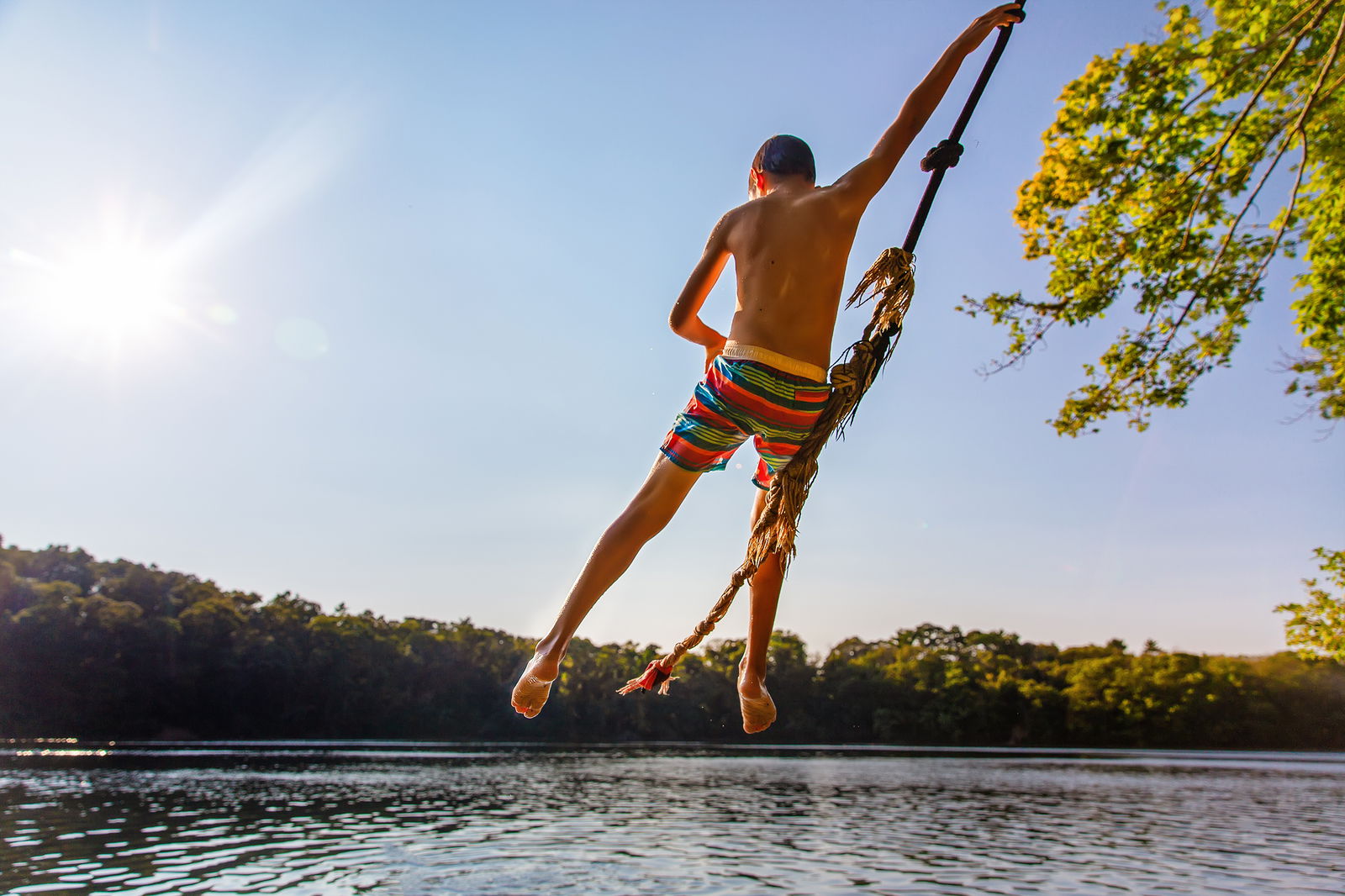Stay safe outdoors

By My Courier-Tribune
While being outside and enjoying nature is usually a fun and relaxing experience, practicing safety measures when visiting one of Missouri’s state parks or historic sites helps keep the day from turning into a disaster with a visit to the emergency room.
“Safety of our visitors and team members is our No. 1 priority,” said Missouri State Parks Director David Kelly. “While it may not always be the first thing on your mind, practicing safety measures keeps your experience an enjoyable one.”
Kelly encourages guests to get outside and enjoy the summer, but also follow important safety guidelines. While in Missouri state parks, guests must realize that certain conditions cannot be controlled or managed. Temperature, insects and wildlife are all uncontrollable by park team members, although they strive to make the experience as positive as possible, states a release.
Here are some key measures follow to stay safe while having fun outdoors:
Wear appropriate clothing.
Use a sunscreen of at least SPF 30 and wear it all the time, even if only outside for a short time. Ultraviolet exposure increases between 4 and 10% for every 1,000 feet above sea level.
Wear natural fabrics, such as loose-fitting, white cotton or linen shirts. Dark fabrics absorb light more than light ones.
Stay hydrated by drinking lots of water. Aim to drink more than the standard eight glasses a day.
Opt for snacks that have high-water content such as watermelon, cantaloupe, tomatoes and cucumbers. Don’t wait until you feel thirsty to drink water.
“Whether enjoying the pool, beach, lake or river, any body of water can be dangerous if the appropriate precautions aren’t taken,” states the release. To make your experience in Missouri state parks great when enjoying water-related activities, the following safety tips are recommended.
Only swim in designated areas and follow signage.
Familiarize yourself with the area first before entering the water.
Watch for underwater obstacles such as stumps, logs, etc.
Don’t overestimate your swimming abilities.
Never swim, wade or access any water feature alone, especially where strong currents are reported.
Always wear a personal flotation device.
Never leave children unsupervised near the water.
Learn to swim and know your swimming limits.
Remember, drinking alcoholic beverages and swimming do not mix.
“Designating an undistracted ‘water watcher’ to keep an eye on your group can be helpful in detecting a swimmer in trouble,” states a release.
Knowing and recognizing the signs and symptoms of heat-related illnesses, such as heat exhaustion or heat stroke, can sometimes mean the difference between life and death.
“Warning signs of heat exhaustion include heavy sweating, paleness, muscle cramps, tiredness and weakness, dizziness or fainting, headache, nausea or vomiting,” states the release.
To help prevent heat-related illness, follow these safety tips:
Visit the park or historic site during the coolest time of day, which is before 10 a.m. and after 2 p.m.
Avoid drinks containing caffeine, alcohol or large amounts of sugar because they can cause you to lose more fluid.
“Avoid very cold beverages; they can cause stomach cramps. Don’t drink a lot of water at once; it could make you vomit,” states the release.
Ask your doctor whether medications you take affect your body’s response to heat.
Not only should you protect yourself from flies, but also ticks, and mosquitoes,” states the release.
“These insects spread diseases like dengue fever, malaria, West Nile Virus and Lyme disease. Other biting insects, such as chiggers and no-see-ums, can make your outing itchy and miserable. Protect yourself by wearing insect repellent.”
While the odds of being struck by lightning are low, it’s still not the best idea to hang outside during a thunderstorm, said experts.
“Remember the 30-30 rule. Once you see lightning, count to 30. If you hear thunder before you hit 30, go inside,” states the release.



